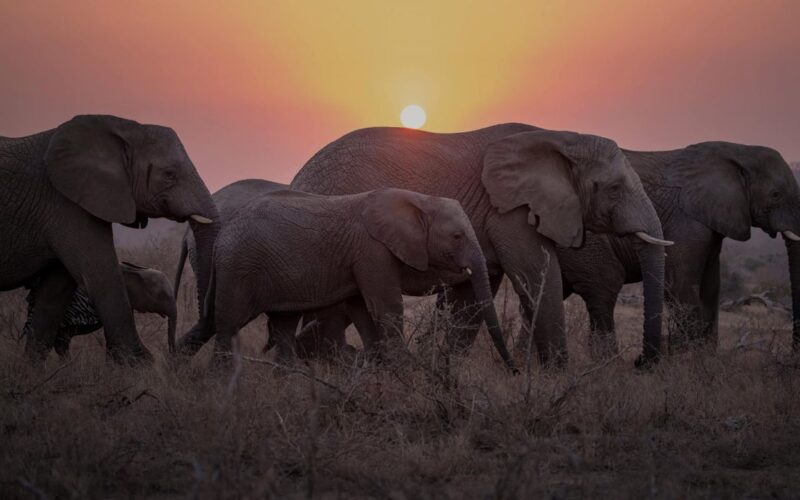September 20, 2023 – The state has been witnessing a continuous increase in the number of elephant deaths due to train collisions. In the early hours of Monday, a male elephant was tragically killed after being hit by the Seetapuri Express train on the railway tracks between Haridwar and Luxor.
In the past 22 years, a total of 508 elephants have died in the state due to various reasons, with 23 of them losing their lives after being hit by trains.
Among these incidents, 16 elephants have met with accidents on the Dehradun-Haridwar-Dehradun railway tracks. Despite an increase in the elephant population over the last 12 years, there has been no reduction in the mortality rate. From 2001 to the present day, 508 elephants have died in Uttarakhand. However, the majority of elephant deaths were attributed to natural causes.
Dr. Sameer Sinha, the Chief Wildlife Warden, mentioned that efforts are underway at various levels to reduce the incidence of elephant train accidents.
16 Elephant Deaths on Dehradun-Haridwar Railway Tracks
Since the formation of the state, 16 elephants have been fatally hit by trains on the Dehradun-Haridwar railway tracks. On April 19, 2019, two tusker elephants lost their lives while crossing the railway tracks at the Seetapuri railway crossing. On January 13, 2013, two elephants met a similar fate in the same area. The Nanda Devi Express claimed the lives of two elephants on February 17, 2018, and March 20, 2018. In addition to these incidents, one elephant was killed when it was hit by the Kathgodam Express on June 26, 2018. Since the state’s formation, a total of 16 elephants have fallen victim to train accidents.
Uttarakhand Sees an Increase in Elephant Population
While the elephant population is consistently declining across the country, the state of Uttarakhand has observed an increase in their numbers. According to the 2020 elephant census, the state now boasts a population of 2,026 elephants. Moreover, the sex ratio of adult male and female elephants stands at 1:2.50, which is considered favorable for Asian elephant populations.
